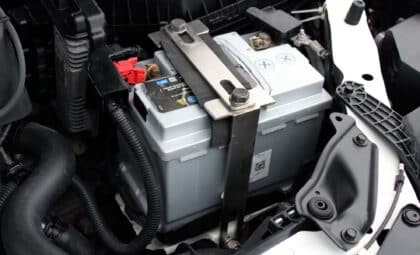Spring is a glorious and messy season. Rain will fall. Flowers will bloom, and pollen will cover everything in sight. If your vehicle is in the line of pollen’s path, use the following tips to clear it away before it corrodes your car’s exterior.
Ready for a New Ride? Financing 101
Pollen, although abundant, is not difficult to remove. The danger is leaving it to linger on your vehicle. If rain is not in the immediate forecast, you need to get out your bucket, soap, sponges, and rags. It is time for a thorough car wash. Start from the top down, and do not neglect the undercarriage.
If you typically wax your car after you wash it, it is important to check the weather before you apply the protective coat. If a pollen storm is brewing, you might do more harm than good, according to NAPA writer Matthew C. Keegan. Instead of protecting your car’s exterior paint from the pollen, adding wax when pollen is falling will only encourage it to stick to (and damage) the paint.
“Plan on washing your car again within a few days for pollen removal. Wait for the opportunity to apply car wax when pollen is not flying through the air,” Keegan advises. “Wax may not prevent pollen build-up, but it will protect your car’s finish against all types of environmental fallout.”
During the pollen-flying season, you may have to wash your car more often to help protect the exterior look and feel of your vehicle. Once the trees have stabilized and pollen has ceased to irritate your car and/or your airways, you can focus on other automotive tasks.
“Once tree pollen season eases, you can return to a normal car wash routine. Add in quarterly waxing, and you will retain your car’s sheen and preserve its great looks,” advises Keegan.
Car Care: Top spring cleaning tips for your vehicle
By promptly removing pollen, you can help protect your car’s paint.
DeAnn Owens is a Dayton transplant by way of the Windy City, yet considers herself to be a California girl at heart even though she’s only visited there once. To get through the dreaded allergy season unique to the Miami Valley, she reads, writes, complains about the weather, and enjoys spending time with her husband, two sons, and their newest addition, a Boston terrier puppy that is now in charge of all their lives. In the future, she hopes to write a novel and travel through time. See more articles by DeAnn.










